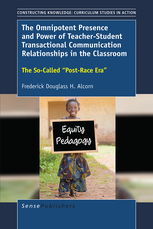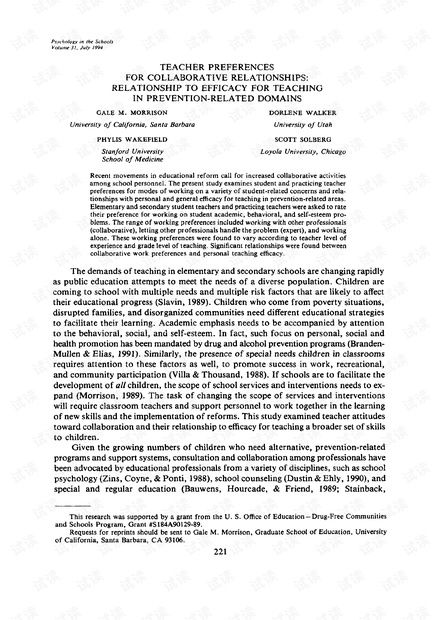Teacher-Student Relationship: A Multidimensional Exploration
Understanding the teacher-student relationship is crucial for both educators and learners. This dynamic plays a pivotal role in shaping the educational experience and fostering personal growth. In this article, we delve into various aspects of this relationship, exploring its nuances and the impact it has on both parties involved.
Communication: The Foundation of a Strong Relationship

Effective communication is the cornerstone of a healthy teacher-student relationship. It involves clear, open, and respectful dialogue. Here are some key elements that contribute to effective communication:
- Active Listening: Teachers should listen attentively to their students, showing genuine interest in their thoughts and concerns.
- Clear Expectations: Setting clear expectations and providing feedback helps students understand what is expected of them.
- Empathy: Showing empathy towards students’ emotions and experiences can create a supportive learning environment.
Trust and Respect: Building a Strong Foundation

Trust and respect are essential components of a successful teacher-student relationship. Here’s how they contribute to the overall dynamic:
- Trust: When students trust their teachers, they are more likely to engage in the learning process and take risks.
- Respect: Both parties should treat each other with respect, valuing each other’s opinions and contributions.
Personal Connection: Fostering a Positive Learning Environment

Developing a personal connection with students can significantly enhance the teacher-student relationship. Here are some ways to foster this connection:
- Get to Know Your Students: Understanding their backgrounds, interests, and challenges can help tailor your teaching approach.
- Encourage Participation: Involve students in discussions and activities, allowing them to express their thoughts and ideas.
- Be Approachable: Make yourself available to students outside of class, providing support and guidance when needed.
Feedback and Assessment: Guiding Students towards Success
Constructive feedback and effective assessment are crucial for guiding students towards success. Here are some tips for providing meaningful feedback:
- Specific and Constructive: Offer feedback that is specific and focuses on areas for improvement, rather than just criticism.
- Positive Reinforcement: Acknowledge and celebrate students’ achievements, encouraging them to continue striving for excellence.
- Regular Assessment: Use a variety of assessment methods to monitor students’ progress and identify areas that require additional support.
Conflict Resolution: Navigating Challenges Together
Conflict is an inevitable part of any relationship, including the teacher-student dynamic. Here are some strategies for resolving conflicts effectively:
- Open Dialogue: Encourage open and honest communication to understand each party’s perspective.
- Empathy and Understanding: Show empathy towards the other person’s feelings and try to understand their point of view.
- Collaborative Solutions: Work together to find a solution that is acceptable to both parties.
Continuous Growth and Development
The teacher-student relationship is a dynamic one that requires continuous growth and development. Both parties should be open to learning and adapting as they navigate the complexities of their relationship. Here are some ways to foster continuous growth:
- Seek Feedback: Regularly ask for feedback from students to understand their needs and preferences.
- Professional Development: Engage in professional development activities to enhance your teaching skills and knowledge.
- Reflect on Experiences: Take time to reflect on your experiences and identify areas for improvement.
In conclusion, the teacher-student relationship is a multifaceted dynamic that requires attention to various aspects. By focusing on communication, trust, personal connection, feedback, conflict resolution, and continuous growth, both educators and learners can create a positive and enriching educational experience.



